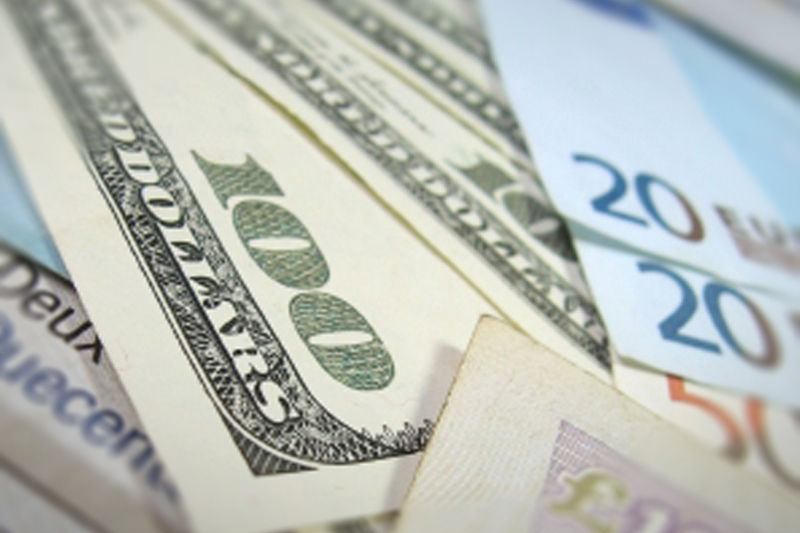Investing.com -- The euro fell to its lowest level against the U.S. dollar in more than 11 years, as the European Central Bank announced plans on Thursday that it will start its highly-anticipated bond buying program next week.
EUR/USD slipped below 1.10 for the first time since 2003, before rallying slightly in U.S. afternoon trading to 1.1027 (-0.46%). At one point on Thursday, the euro reached an 11-year low of 1.0987. Thursday's decline marked the first six-day losing streak for the pair in more than a year.
In Cyprus, European Central Bank president Mario Draghi announced that the central bank will begin its quantitative easing program on Mar. 9, as expected. The €60 billion a month asset purchasing program will last until September, 2016 or beyond if the central bank does not approach its target inflation rate of 2%, Draghi said.
In addition, economists from the central bank estimated that the economy in the euro zone will grow 1.5% in 2015, 1.9% in 2016 and 2.1% in 2017. Furthermore, ECB economists expect that inflation in the euro zone will remain unchanged this year, increase by 1.5% next year and by 1.8% in 2017.
Bond buying programs, such as quantitative easing, are pursued by policymakers as a way of stimulating the economy by driving up the market price of bonds. When bond prices increase, yields decrease lowering the rates for mortgages and other loans.
One far-reaching implication of printing vast quantities of a currency is that it drives down its value against other currencies on the foreign exchange market.
The central bank will also purchase bonds that contain a negative yield, Draghi added, as long as they don't fall below a rate of negative 0.2%.
In the United States, meanwhile, traders awaited the release of Friday's monthly job report for the month of February. On Thursday, the U.S. Labor Department said the number of Americans filing new claims for unemployment increased to the highest level since May. Unemployment filings for the week that ended Feb. 28 rose by 7,000 last week to a seasonally-adjusted total of 320,000.
A strong job report could push the euro down against the dollar even further.
"Even if rates just creep higher in the U.S., the euro could get slammed," Stephen Gallo, head of European currency strategy at Bank Of Montreal, told the Wall Street Journal. "I forecast 1.0850 in a week or so if it’s a strong report.”
